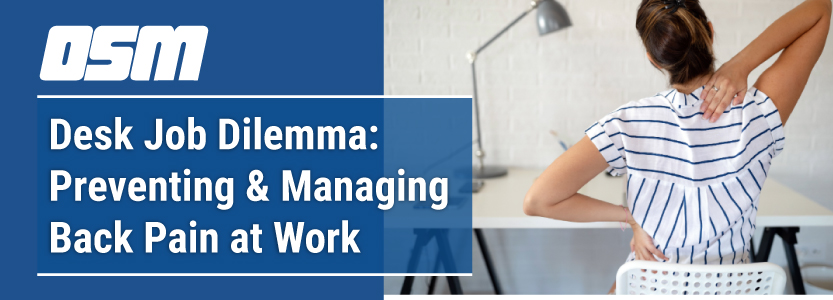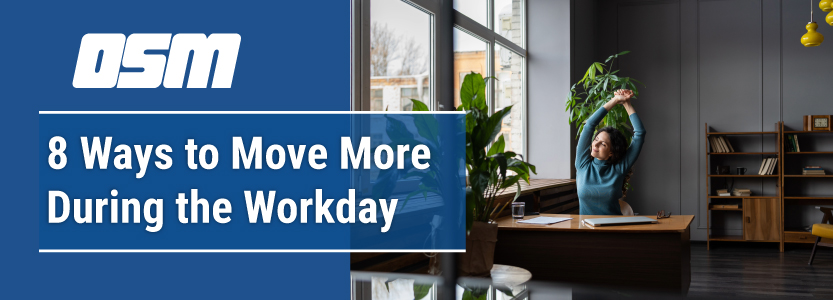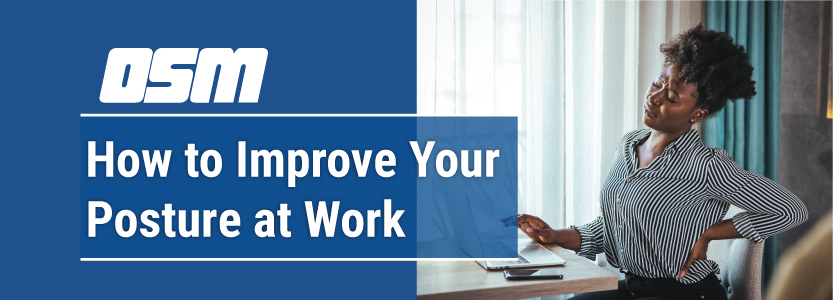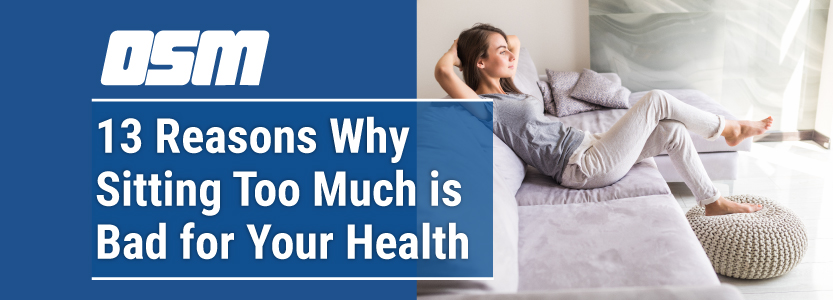Causes
A variety of factors can cause pain in the lower back while sitting, and the best approach to treatment depends on the cause.
The treatment plan might include over-the-counter pain relief medication, physical therapy, a new exercise routine, surgery, or a combination.
Posture
Poor posture can cause or worsen lower back pain. Improving posture involves changing a person’s position as they sit or stand. It can often ease or relieve the pain.
Injury
A person might injure their lower back while lifting something incorrectly, leading to a strain or sprain in the area.
The injury might instead result from trauma, sustained during sports or from a car accident, for example.
Sciatica
Sciatica happens when something presses on the sciatic nerve, which travels through the buttocks and extends down the back of the leg, and the issue can cause pain throughout the area.
The pain may be intense and feel like an electric shock or be a dull ache.
Herniated disk
A herniated disk refers to a disk in the spine bulging outward and pressing on a spinal nerve. Any disk in the spine can be affected.
Treatment for this condition usually involves medication and physical therapy.
Lumbar disk disease
Lumbar disk disease, also known as degenerative disk disease, is not actually a disease. Usually, it results from aging.
It occurs when the disks between the vertebrae of the spinal column wear down.
Spondylolisthesis
Spondylolisthesis involves a vertebra of the lower spine slipping out of place and pinching nearby nerves.
A person may not need professional treatment for lower back pain while sitting.
Often, a person can take steps at home to relieve the pain and keep it from returning. Some strategies include:
Staying active
It can be tempting to rest as much as possible, but the medical community recommend keeping active to ease lower back pain.
Try not to do too much at once, however. Instead, try coupling physical therapy or a recommended form of exercise below with other home treatments.
Using heat and cold
Alternating between heat and cold can often help ease lower back pain.
Taking a hot bath or using a hot water bottle may help alleviate the pain. Heat can also increase blood flow to the area and promote healing in the muscles and tissues of the back.
Applying ice packs or bags of frozen vegetables to the area can also ease pain, but ensure to wrap them in a cloth first.
Heating or cooling sprays are also available over the counter, and they can stimulate the nerves in the area.
Taking pain relief medication
Nonsteroidal anti-inflammatory drugs, or NSAIDs can help ease pain in the lower back. Many, such as ibuprofen, are available without a prescription.
People tend to take these medications orally, but they also come as creams, gels, patches, and sprays.
Stretching and exercising
Exercises and stretches can help strengthen the lower back and prevent the pain from occurring.
Routines that focus on working the core, or abdominal, muscles may also help speed recovery from chronic lower back pain.
Yoga, for example, can help relieve pain in the lower back and neck, and other forms of exercise that may help include:
Stretches that can help alleviate lower back pain include:
- Deep lunge: Kneel on one knee, with the other foot in front. Facing forward, lift the back knee up. Hold the position for 5 seconds.
- Back stretch: Lie on the stomach, using the arms to push the upper body off the floor. Hold the position for 30 seconds before allowing the back to relax.
- Sagittal core strengthening: Standing 3 feet away from a wall with the feet should-width apart, tighten the abdominal muscles, then reach through the legs to touch the wall, keeping the hips and knees bent. Use the hips to push the body back to a standing position, then extend arms and reach over the head and slightly backward.
Prevention
Lower back pain is more common in people with obesity and people who smoke.
Also, people who are infrequently active are more likely to have lower back pain, as are people who tend to be inactive but occasionally engage in strenuous exercise.
The best sitting position
The Department of Health and Human Services warn against slouching and recommend sitting up straight, with the back against the back of the chair and the feet flat on the floor.
They also recommend keeping the knees slightly higher than the hips when sitting.
Diagnosis
To determine the cause of back pain, a healthcare provider will ask the person about their medical history and perform a physical examination.
If the pain is acute, further tests are usually not necessary, unless the pain results from an injury.
The treatment for chronic pain depends on the cause, and surgery may be an option.
When to see a doctor
Seek medical attention if lower back pain is severe, lasting, or does not improve with stretches, exercises, and other home care techniques.
Also, contact a doctor if the pain results from an injury.






